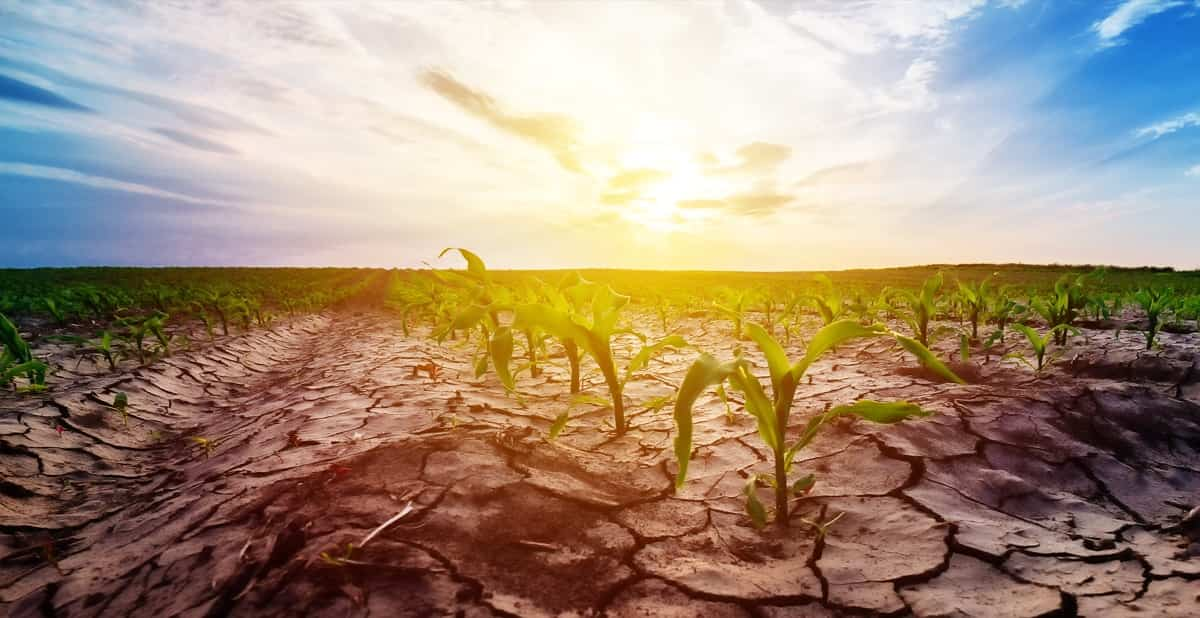88themovie.com – Farming in arid and dryland regions presents a unique set of challenges that require innovative solutions and sustainable practices. These areas, characterized by low rainfall and high evaporation rates, pose significant obstacles for agricultural productivity. However, with the right strategies, farmers can overcome these challenges and cultivate successful crops in these harsh environments.
Understanding Arid and Dryland Regions
Arid and dryland regions are found across the globe, often in desert or semi-desert areas. These environments are defined by their scarcity of water, which is the primary limiting factor for agricultural production. Despite these challenges, these regions are home to millions of people who rely on farming for their livelihoods.
Key Challenges of Farming in Arid and Drylands
Water Scarcity
The most critical challenge in arid and dryland farming is the lack of water. With low rainfall and high evaporation rates, accessing sufficient water for irrigation is a constant struggle. This scarcity affects crop growth, soil health, and overall farm productivity.
Soil Degradation
Soil in arid and dryland regions is often poor in organic matter and nutrients, leading to degradation. The harsh climate and limited water resources exacerbate this issue, making it difficult for crops to establish strong root systems and absorb nutrients effectively.
Climate Variability
Arid and dryland regions experience high variability in climate conditions, including extreme temperatures and unpredictable rainfall patterns. This variability makes it challenging for farmers to plan and manage their crops effectively, increasing the risk of crop failure.
Pest and Disease Pressure
The unique conditions of arid and dryland environments can favor the proliferation of certain pests and diseases. These threats can quickly devastate crops, particularly in areas where water scarcity limits the use of traditional pest control methods.
Strategies to Overcome Challenges
Water Conservation and Efficient Use
Implementing water-saving irrigation techniques, such as drip and micro-sprinkler systems, can significantly reduce water usage while ensuring crops receive the necessary moisture. Rainwater harvesting and the use of mulching can also help conserve water and reduce evaporation.
Soil Management
Improving soil health through the addition of organic matter, such as compost and manure, can enhance soil structure, increase water retention, and provide essential nutrients for crop growth. Conservation tillage practices can also help prevent soil erosion and degradation.
Crop Selection and Adaptation
Choosing crop varieties that are well-adapted to arid and dryland conditions is crucial. Drought-resistant and heat-tolerant crops can thrive with less water and are better suited to the harsh climate. Intercropping and crop rotation can also improve soil health and reduce pest and disease pressure.
Climate-Smart Agriculture
Adopting climate-smart agricultural practices, such as agroforestry and the use of weather forecasting, can help farmers adapt to climate variability. These practices aim to build resilience, improve productivity, and reduce the impact of climate change on farming operations.
Conclusion
Farming in arid and dryland regions is inherently challenging, but it is not insurmountable. By addressing water scarcity, improving soil health, selecting appropriate crops, and adopting climate-smart practices, farmers can overcome these obstacles and achieve sustainable agricultural production. As the global population continues to grow, finding innovative solutions to farm in these harsh environments will be increasingly important for ensuring food security and supporting the livelihoods of millions worldwide.
